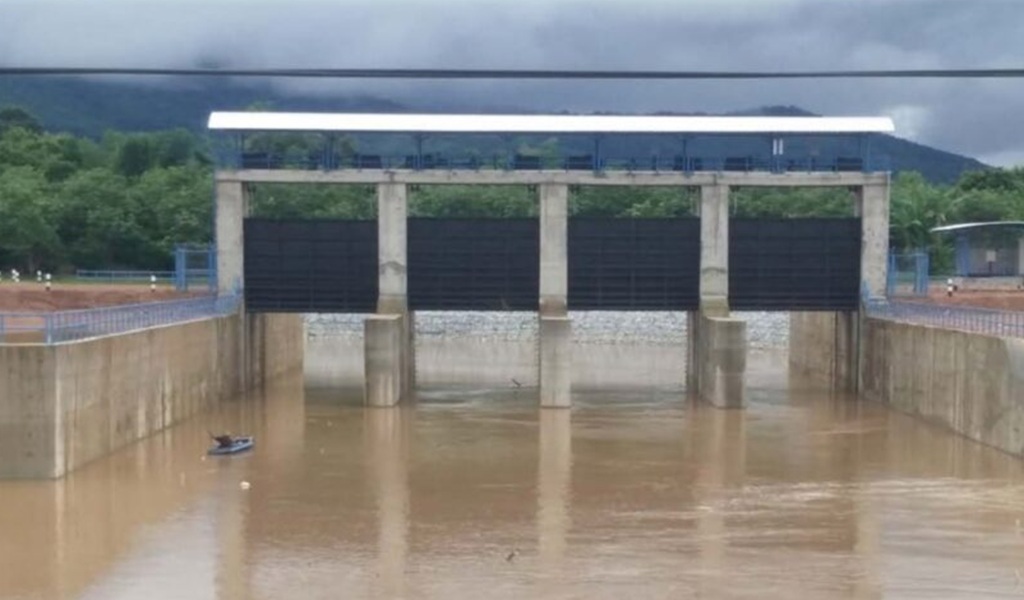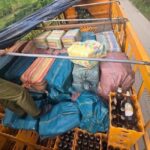CHIANG RAI – The Department of Water Resources plans to propose a 173-million-baht budget to the Cabinet for building four sediment barriers to tackle contamination in the Kok and Sai Rivers.
These barriers aim to reduce the spread of pollutants and improve water quality. The project’s design is being finalized, with plans to present it for Cabinet approval in September.
Teerachoon Boonsit, Director-General of the Department of Water Resources, shared updates on efforts to manage above-standard contamination in the Kok, Sai, Ruak and Mekong Rivers in Chiang Rai and Chiang Mai.
The department has coordinated with the Ministry of Foreign Affairs to hold talks with Myanmar, exploring ways to address heavy metal pollution originating across the border.
The agency suggested forming a technical team to jointly investigate the source of contamination. They also proposed using the Mekong River Commission’s mechanisms to monitor water quality, both locally and regionally.
Proposed Sediment Barriers
Recommendations include a temporary halt to mining in affected areas to review and improve processes, making sure all parties use the same water quality standards. For sediment barriers, the meeting approved plans for four sediment barriers along the Kok and Sai Rivers.
The budget was reduced from 7 billion baht to 173 million. Next, the department will gather feedback from residents and send a proposal to the Cabinet by September, aiming to start construction in December 2025.
Teerachoon explained that three of the barriers will be in Mae Ai district, Chiang Mai, with the fourth in Mueang district, Chiang Rai. Water resource experts, university professors and scientists are helping design the barriers for maximum effectiveness based on water flow and sediment data.
The project team is also working with the Pollution Control Department and the Federation of Thai Industries to set up methods for separating and disposing of contaminated sediment. They are using similar techniques that were used to clean up sediment at Khliti Creek in Thong Pha Phum, Kanchanaburi.
The department plans to invite community members to share their opinions on the sediment barriers, highlight concerns and suggest ideas. This open process aims to make sure the project meets needs and builds trust among people living near the rivers.
Related News:
Kok River Residents Push for a Pollution Monitoring Centre in Chiang Rai















